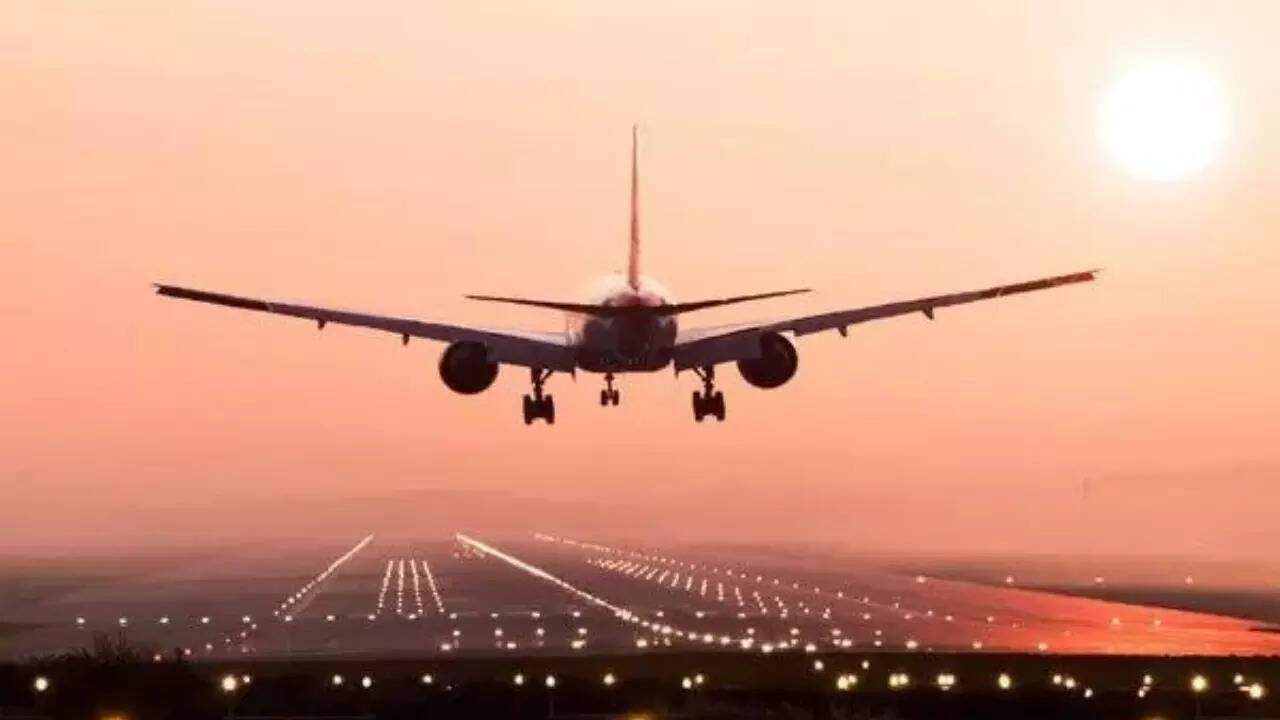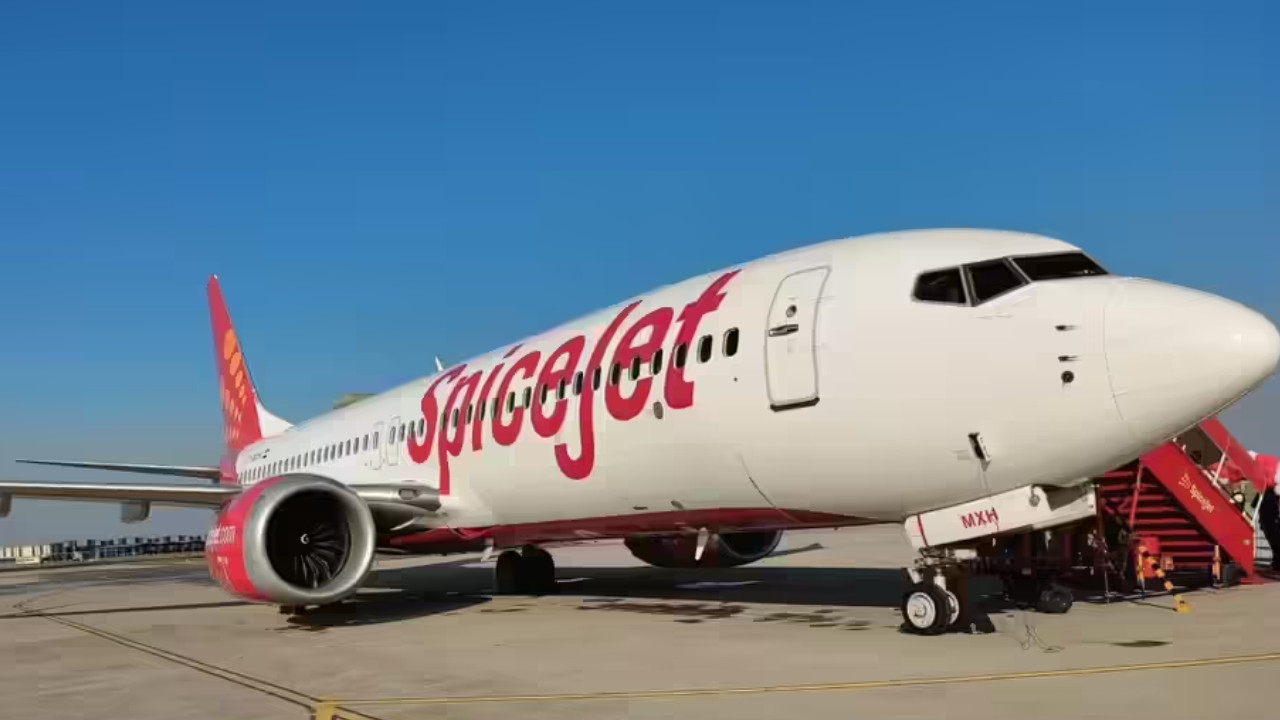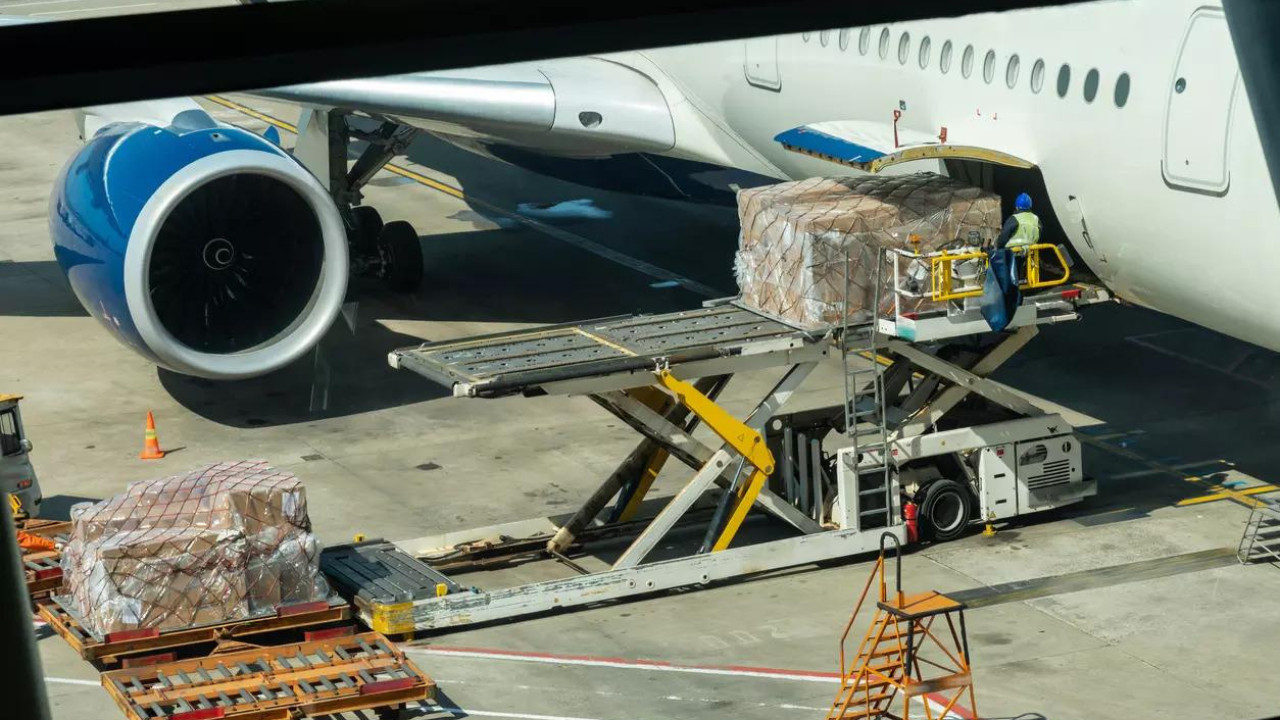Turbulence Ahead? Why Airline Safety Audits Matter More Than Ever
Flying. For many, it’s a routine part of modern life, a quick hop between cities or a transcontinental journey to a dream destination. But behind the scenes of every smooth flight is a complex web of procedures, regulations, and meticulous checks designed to keep us safe at 30,000 feet. And when that system shows signs of cracking, even a little, it’s time to pay attention.
Recently, India’s Directorate General of Civil Aviation (DGCA), the country’s aviation watchdog, concluded its annual safety audits of eight major airlines. The findings? A concerning 263 lapses identified over the past year. That’s not just a statistic; it’s a potential red flag reminding us that maintaining air safety is a constant, evolving challenge.
Unpacking the DGCA’s Airline Safety Audit Findings
So, what exactly did the DGCA uncover? While the specifics of each individual lapse remain confidential, the sheer number points to systemic issues that demand closer scrutiny. These lapses can range from procedural errors in maintenance checks to deviations from standard operating procedures in the cockpit. They could even involve shortcomings in crew training or inadequate record-keeping. Individually, some might seem minor, but collectively, they paint a picture of an industry that might be struggling to keep pace with its own rapid growth.
Imagine a car undergoing routine maintenance. Missing a small oil leak might not immediately cause a breakdown, but over time, it can lead to serious engine damage. Similarly, even seemingly insignificant lapses in aviation safety protocols can accumulate, creating a potentially hazardous environment.
The audits themselves are a crucial part of ensuring air safety. They act as a regular health check for airlines, identifying areas where improvements are needed. Think of them as preventative medicine for the skies, designed to catch problems before they escalate into something more serious. The DGCA’s findings underscore the importance of these rigorous checks and the need for airlines to take them seriously.

The Pressure Cooker: Growth vs. Safety
India’s aviation sector is booming. More people are flying than ever before, and new airlines are entering the market, all eager to capitalize on the growing demand. This rapid expansion puts immense pressure on existing infrastructure and resources. Airports are becoming more congested, and the demand for trained pilots, engineers, and ground staff is soaring.
This growth, while positive for the economy, also presents significant challenges to maintaining high safety standards. Airlines might be tempted to cut corners in order to keep costs down or to meet ambitious expansion targets. This is where robust regulatory oversight and proactive safety management become absolutely critical.
Beyond the Numbers: Cultivating a Culture of Safety
The DGCA’s audit findings are a wake-up call, a reminder that safety isn’t just about ticking boxes and complying with regulations. It’s about cultivating a genuine culture of safety within an organization, from the CEO’s office to the hangar floor. This means empowering employees to speak up about potential hazards without fear of reprisal, investing in ongoing training and development, and constantly seeking ways to improve procedures and protocols.
Consider the aviation industry’s evolution since the early days of flight. Through constant learning from incidents and accidents, the industry has dramatically improved its safety record. This continuous improvement is only possible when airlines prioritize safety above all else. For more on aviation safety, check out our piece on [future of air travel technology](internal_link_to_related_article).
What Happens Next? Accountability and Transparency
The million-dollar question: What happens now? The DGCA has already issued notices to the airlines concerned, demanding corrective action plans. These airlines will need to demonstrate that they are taking the necessary steps to address the identified lapses and prevent them from recurring. Further audits and inspections will likely follow to ensure compliance.
Ultimately, the effectiveness of these audits hinges on accountability and transparency. Airlines must be held responsible for maintaining the highest safety standards, and the public deserves to know that those standards are being rigorously enforced. The DGCA’s role is not just to identify problems but also to ensure that they are resolved swiftly and effectively.
The skies are vast and complex, and ensuring the safety of air travel requires constant vigilance, unwavering commitment, and a proactive approach to identifying and mitigating risks. The recent DGCA audit serves as a critical reminder that maintaining a high level of airline safety is an ongoing journey, not a destination. By prioritizing safety above all else, the aviation industry can continue to connect us to the world with confidence and peace of mind.







